8 of
You are browsing the full text of the article: The Child's World: Psychology in Toys and Games
Click here to go back to the list of articles for
Issue:
Volume: 1 of Design For Today
| Design For Today 1 1933 Page: 290 | |||||||||||||||||||||||||||||
| The Child's World: Psychology in Toys and Games | |||||||||||||||||||||||||||||
|
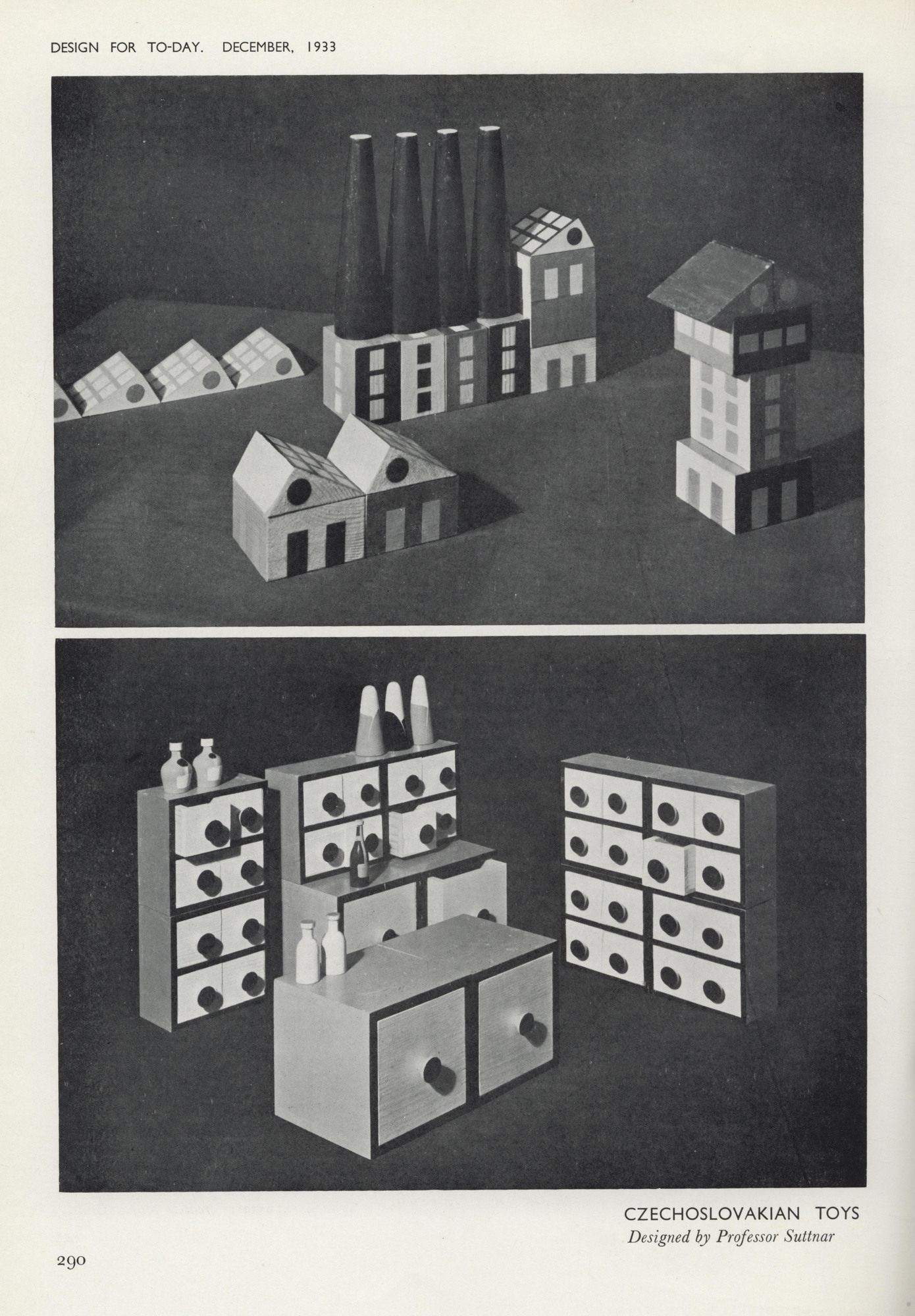
|
|
|||||||||||||||||||||||||||
| Design For Today 1 1933 Page: 291 | ||||||||||||||||||||||||||||
| The Child's World: Psychology in Toys and Games | ||||||||||||||||||||||||||||
|
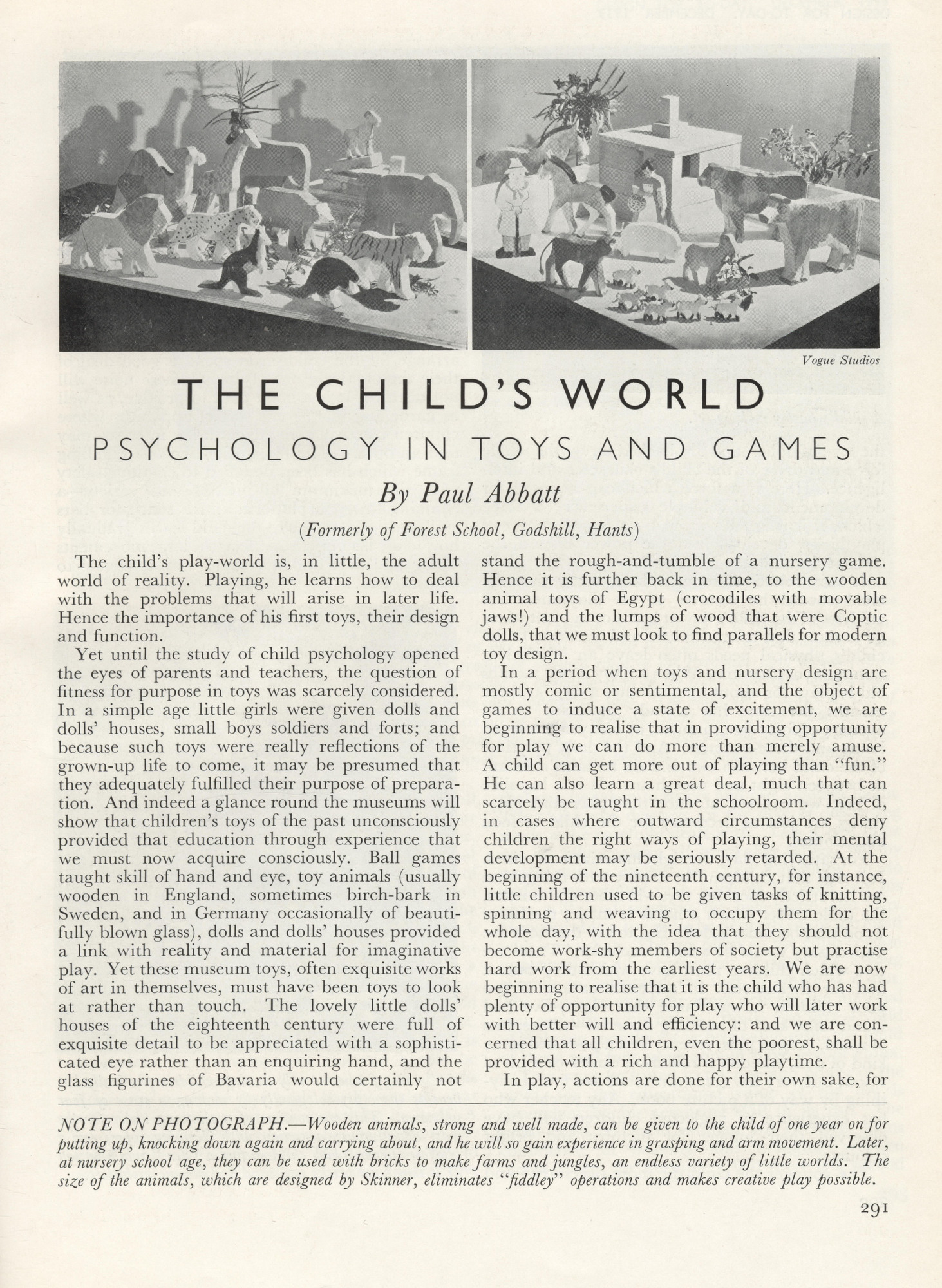
|
|
||||||||||||||||||||||||||
| Design For Today 1 1933 Page: 292 | ||||||||||||||||||||||||||||
| The Child's World: Psychology in Toys and Games | ||||||||||||||||||||||||||||
|
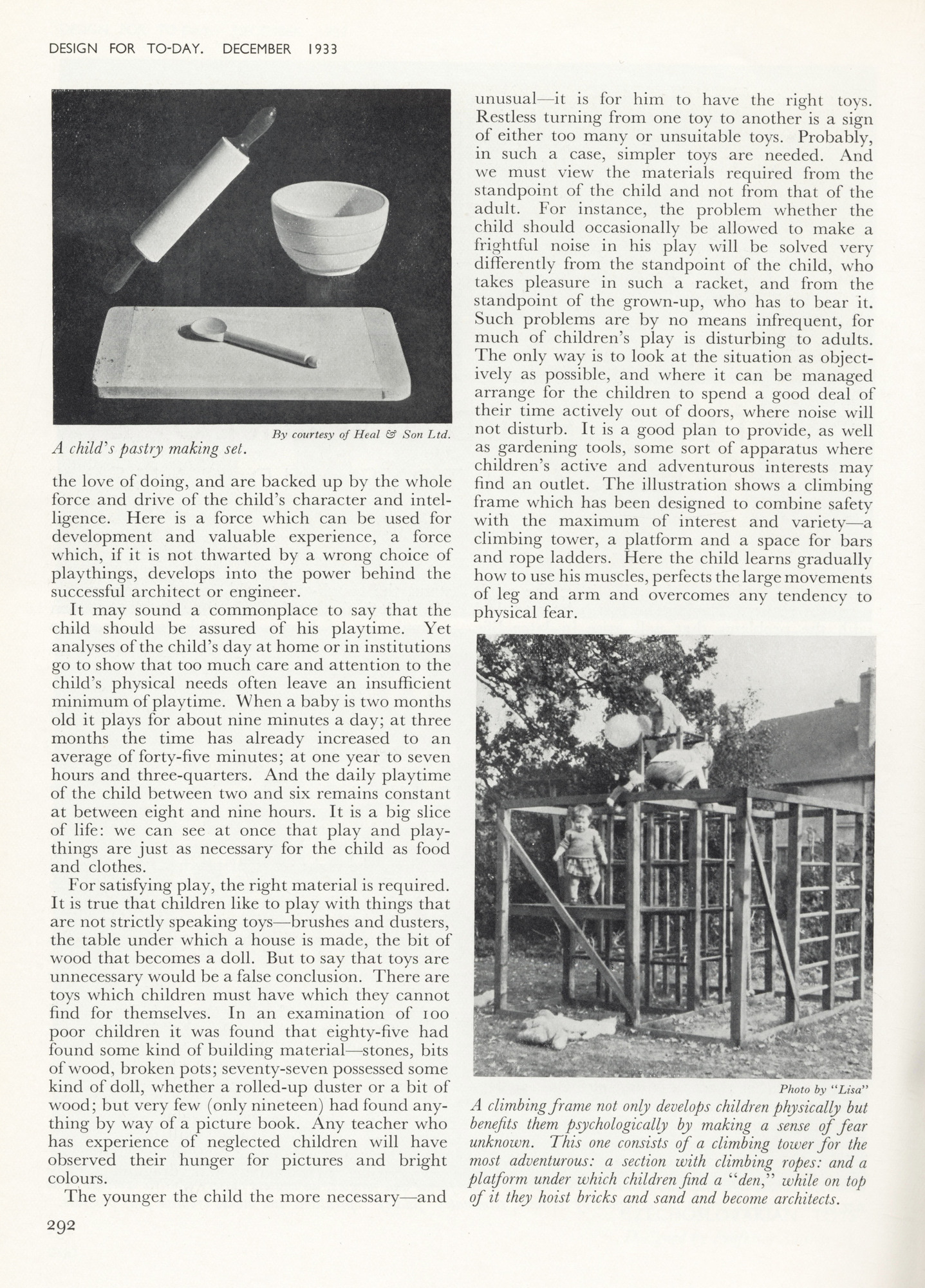
|
|
||||||||||||||||||||||||||
| Design For Today 1 1933 Page: 293 | ||||||||||||||||||||||||||
| The Child's World: Psychology in Toys and Games | ||||||||||||||||||||||||||
|
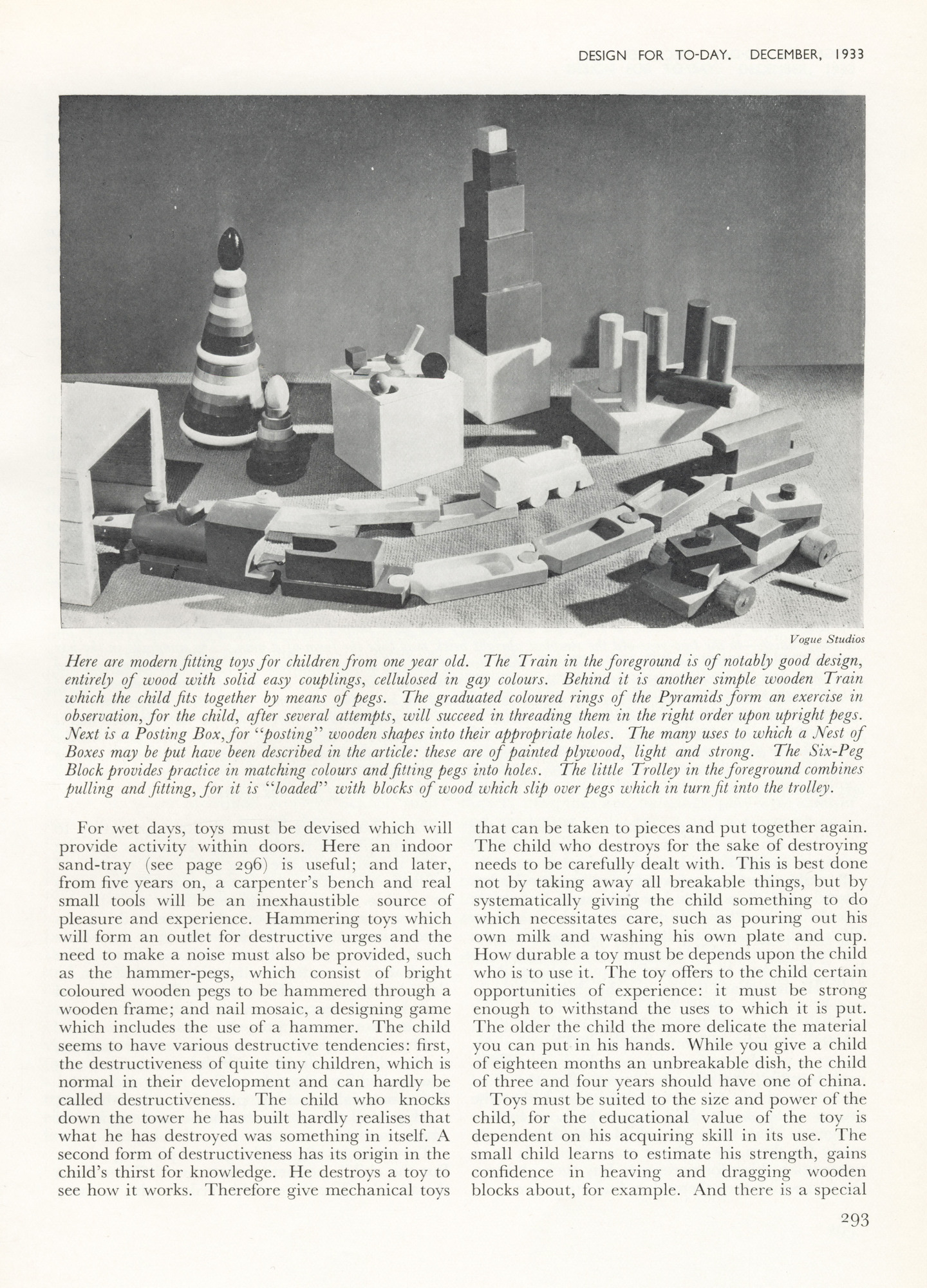
|
|
||||||||||||||||||||||||
| Design For Today 1 1933 Page: 294 | ||||||||||||||||||||||||||
| The Child's World: Psychology in Toys and Games | ||||||||||||||||||||||||||
|
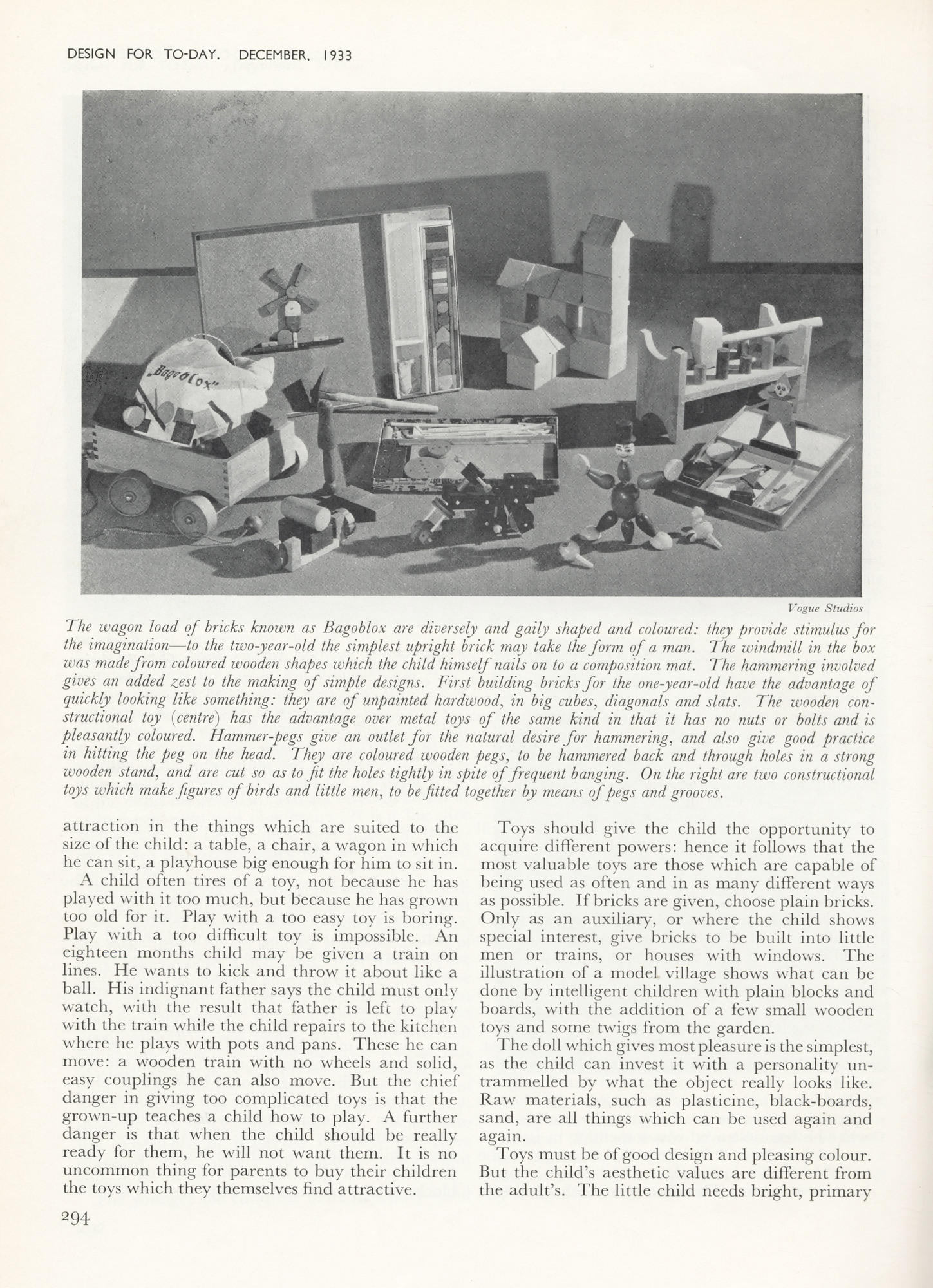
|
|
||||||||||||||||||||||||
| Design For Today 1 1933 Page: 295 | ||||||||||||||||||||||||||
| The Child's World: Psychology in Toys and Games | ||||||||||||||||||||||||||
|

|
|
||||||||||||||||||||||||
| Design For Today 1 1933 Page: 296 | ||||||||||||||||||||||||||
| The Child's World: Psychology in Toys and Games | ||||||||||||||||||||||||||
|
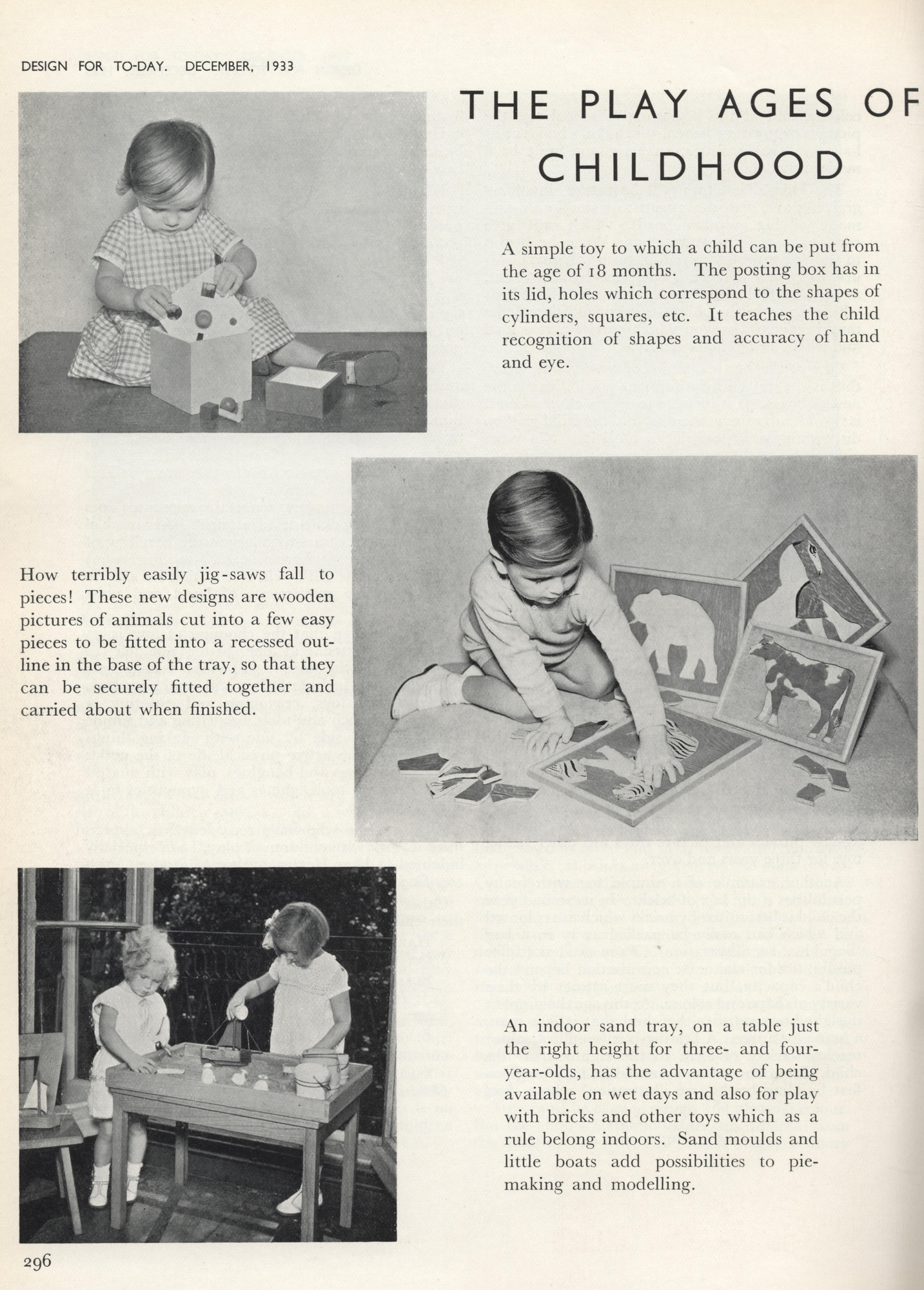
|
|
||||||||||||||||||||||||
| Design For Today 1 1933 Page: 297 | |||||||||||||||||||||||||||||
| The Child's World: Psychology in Toys and Games | |||||||||||||||||||||||||||||
|
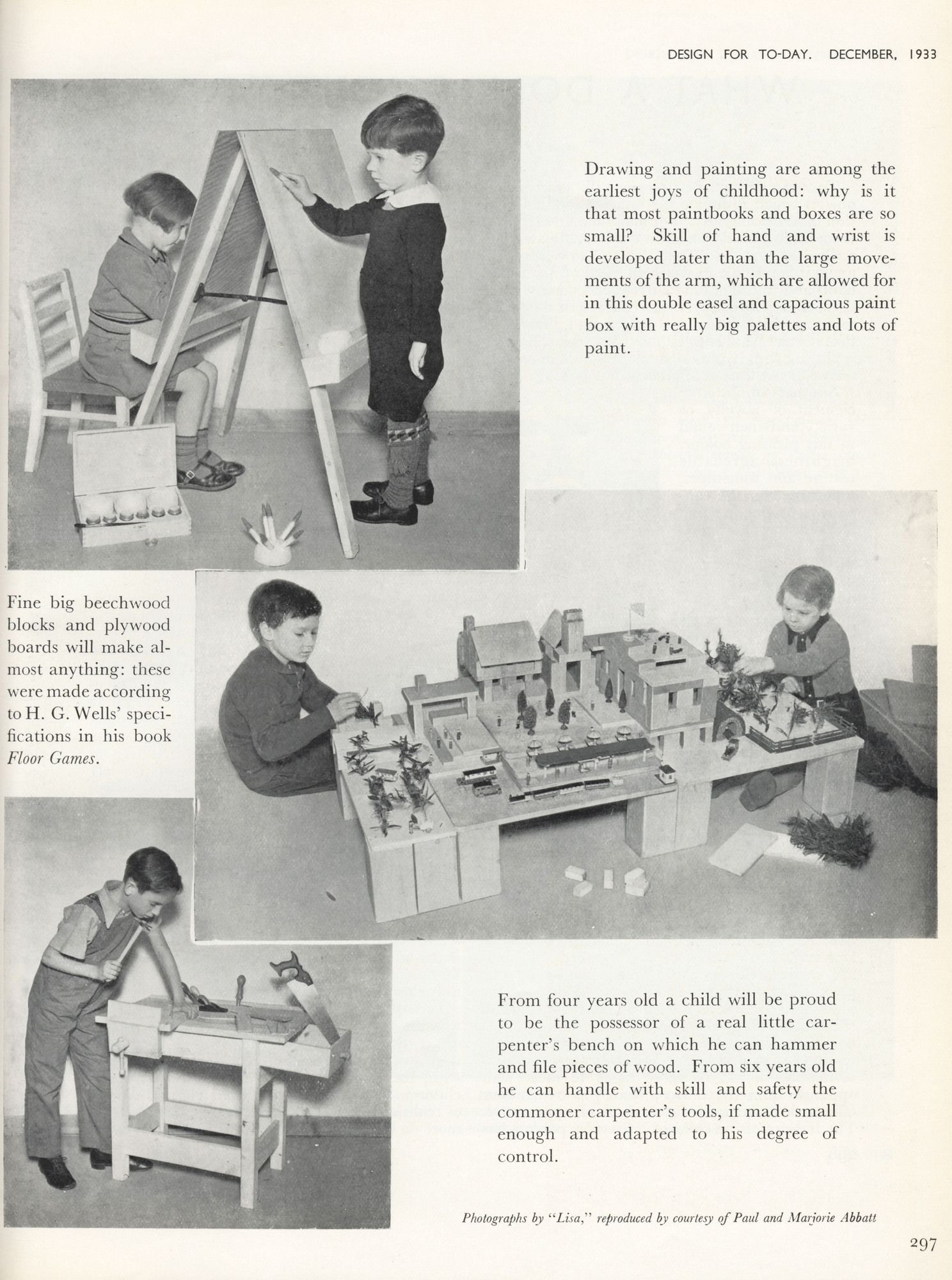
|
|
|||||||||||||||||||||||||||







